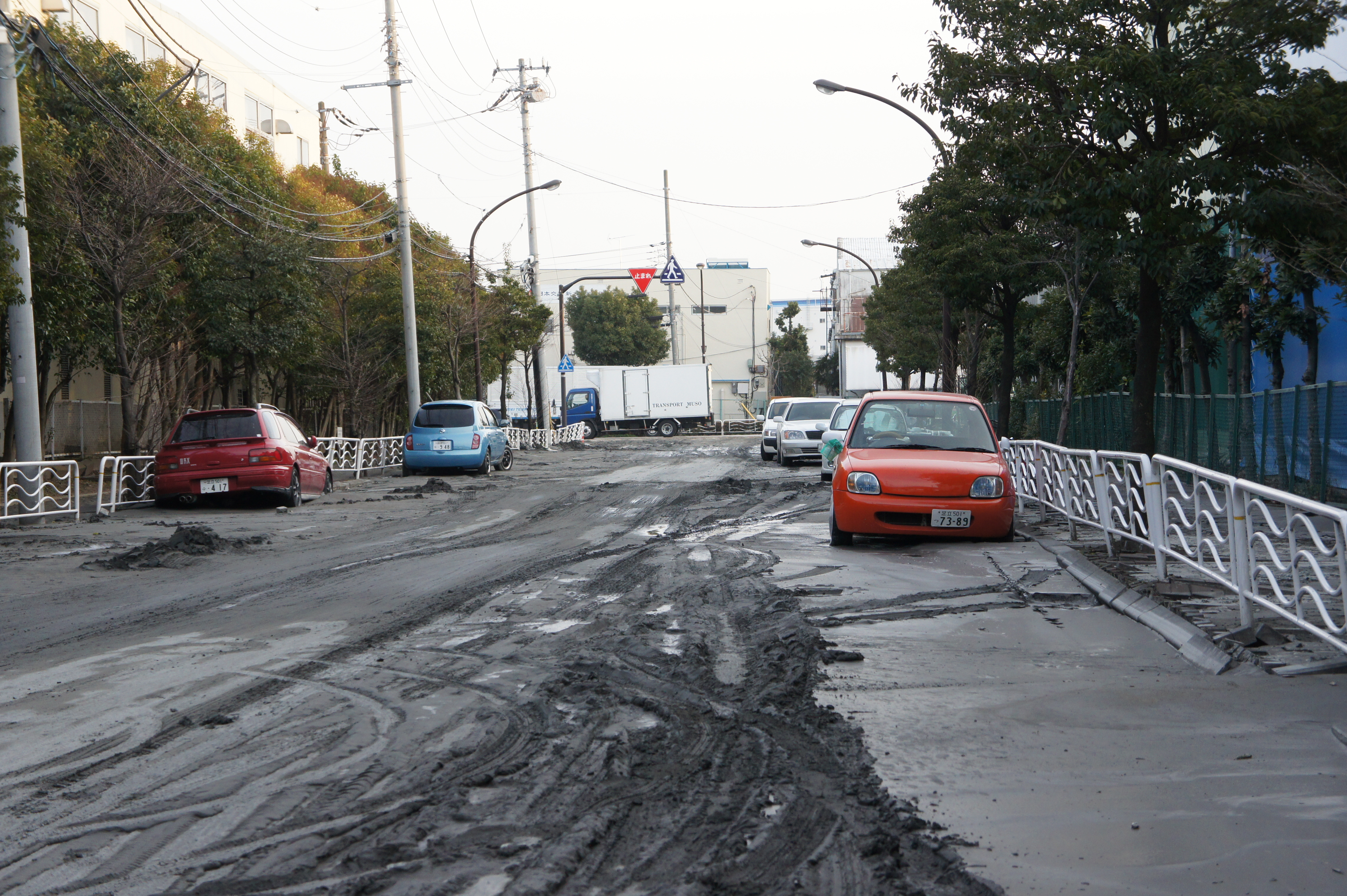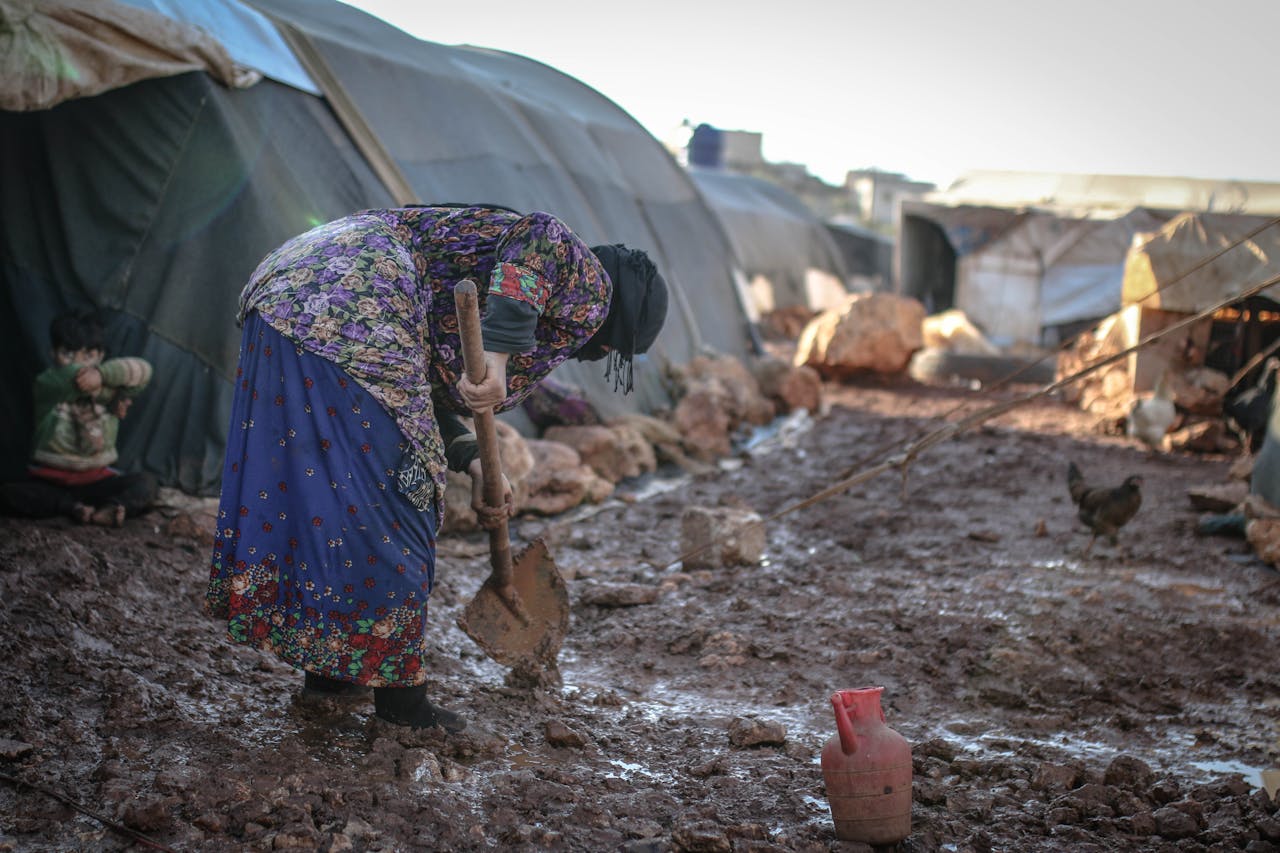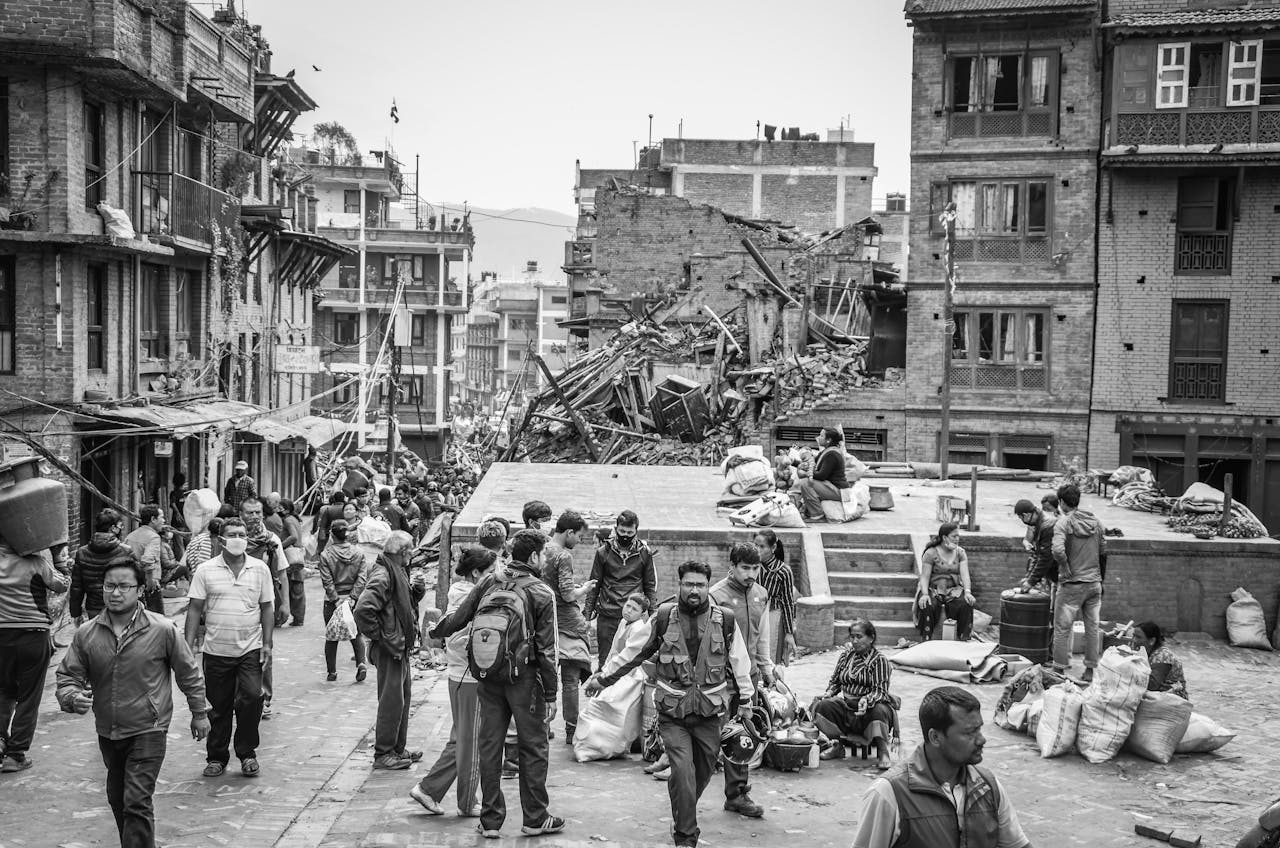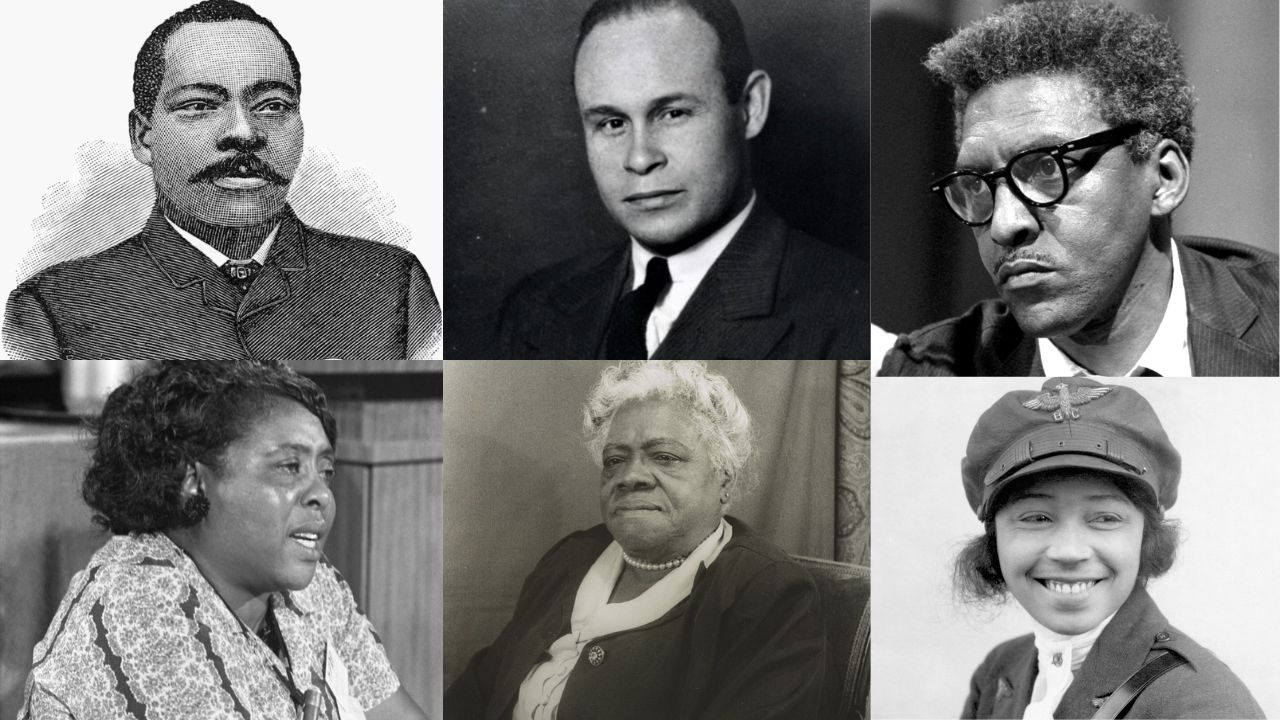The story begins on a winter morning in Shaanxi when the ground did more than shake, it rearranged a civilization’s map. Minutes felt like hours as walls folded, hills slumped, and rivers lost their way. In a country already familiar with floods and famine, this was different. The shock tore through loess hills and market towns, crushed homes carved into soft earth, and left a silence only broken by crackling fires and aftershocks. What followed was not simply ruin but a reckoning with nature and with numbers.
Here’s the thing most people miss. Disasters are rarely just moments, they are chains. The 1556 quake is remembered for a single day, yet its legacy spans years of hunger, disease, and migration. Records from local officials, temple stewards, and imperial registrars sketch a catastrophe that reached across the Weihe Basin and the central plains. Behind the tall numbers are details that explain why this one changed China’s approach to where people live, how they build, and what governments owe survivors when the earth does not stop moving.
The Morning The Ground Wouldn’t Hold

On January 23, the main shock struck before dawn and finished in seconds, but the damage looked like an army had camped there for a year. Streets caved, city walls split, and cliffs shattered. Chroniclers wrote of mountains altered and rivers forced into new beds, which sounds poetic until you picture farmland swallowed and bridges stranded above dry channels. Dust turned the air dim, and voices became the only searchlight in a morning without edges.
Reports carried the same refrain from county after county. Temples, schools, and homes fell almost at once. Fires sparked where lamps tipped and kitchens collapsed. The quake did not discriminate, but it punished certain ways of living more than others, and that is where the human story sharpens. What failed fastest was not only stone or timber but trust in the ground itself.
Why This Region Broke So Badly
Shaanxi sits on the Loess Plateau, a landscape of windblown silt that holds shape until it suddenly does not. People carved yaodongs, cave dwellings, into these cliffs for insulation and cheap shelter. On ordinary days they were ingenious, warm in winter and cool in summer. Under strong shaking, their ceilings became traps and doorways chokepoints as powdery walls collapsed inward with little warning.
The basin is also a meeting place of stresses, where the slow push of distant plates ripples through crust already fractured. That tectonic pressure focused energy into valleys stitched with towns and paths of trade. Built on soft ground, buildings swayed harder and longer. Packed into ravines, people had fewer exits and fewer places to camp safely after the first shock.
Add water and slope to the mix and the hazard multiplies. Terraced fields sat beneath scarps that could liquefy and slide. Irrigation cuts weakened banks that later slumped into streams. A house could stand the first jolt and still be undone by the hill that followed it down.
One more factor completed the trap. Winter stores were in cellars dug into the walls themselves. When those rooms collapsed, families lost grain and tools along with shelter. The quake tore through food, water, fire, and movement in one pass, which is why the losses kept rising long after the noise stopped.
A Footprint Measured In Counties, Not Streets

The devastation stretched across a belt so wide that relief had to travel by rumor before carts. Accounts point to destruction across scores of counties, with a swath hundreds of kilometers long where severe shaking brought the same pattern of collapse. In villages, entire lines of yaodongs pinched shut like book spines. In walled towns, masonry cracked along the seams and towers toppled outward into markets, turning lanes into rubble chutes that stalled any rescue.
Rivers shifted, leaving mills idle and fields thirsty, while landslides dammed side valleys and created sudden lakes that later burst. Mud and water carried broken timber through hamlets that had already lost roofs and seed. The footprint was not just wide, it was dynamic, and that made recovery harder than counting ruins on a single street.
Aftershocks, Hunger, And The Second Wave Of Loss

What this really means is that the day of the quake was only the first disaster. Aftershocks rattled the region for months, sometimes strong enough to finish what the main shock spared. People slept outside, afraid to rebuild, and hard frost turned exposure into an enemy as lethal as falling stone. With roads snapped and bridges gone, trade slowed to a crawl, and prices rose where grain still stood.
Shortages followed fast. Stores of millet and wheat were buried or burned, and the surviving harvest could not move across broken crossings. Crowded camps formed near temples and fields where smoke meant warmth but also illness. A cookfire saves a night; ten thousand cookfires without clean water invite disease.
Landslides kept the danger active every time rain visited. Each tremor and shower smudged the map again, cutting new paths and erasing others. Farmers who tried to reclaim terraces sometimes triggered falls that overran their own work.
Two quieter forces raised the toll. Fear delayed rebuilding, and distance diluted help. Messengers outran carts, carts outran edicts, and edicts outran grain. By the time orders turned into wagons and wagons found passable tracks, a season had shifted. Miss the planting, risk the year.
Counting The Dead, Understanding The Number
The figure most often quoted is staggering because it blends the instant and the drawn out. Imperial registers recorded a sharp population drop across affected prefectures, a mix of those crushed at once and those lost later to hunger and illness. Modern readings caution that not all who vanished on paper died in a single morning. Many fled and never returned to be counted. Even so, the combined loss still marks one of humanity’s darkest encounters with the natural world.
That nuance matters. It does not soften the horror; it clarifies it. The quake killed instantly in homes that collapsed, especially in cave dwellings. The months after finished the work through shortages and sickness. The number we repeat is a headline for both, and the lesson is about buildings, supplies, and speed, not just magnitude. When death comes in chapters, policy has to answer each one.
How People Adapted And What Stayed

Advice filtered into daily life the way proverbs do. Sleep away from heavy beams. Keep tools near doorways. Step to open ground before you gather valuables. Families rehearsed where to stand when the ground starts to talk, and neighbors learned to check cliffs after rain the way sailors read skies before a crossing.
Builders adjusted, sometimes quietly. Timber frames that flexed gained favor over proud but brittle facades. Walls were tied, corners braced, and cave mouths shored with arches rather than flat lintels. Some towns widened lanes to keep streets from becoming traps.
Governance shifted as well. Officials circulated handbills with plain rules and prioritized grain routes for the next emergency season. Markets edged toward safer ground, and new cave digging on unstable faces met resistance. None of it erased risk, but it made survival likelier the next time.
Echoes In Later Quakes
Later disasters tested these lessons. The 1920 Haiyuan earthquake tore through Gansu and Ningxia, triggering vast landslides and a winter that punished those who slept outside while aftershocks still growled. Where structures were lighter and tied, more stood. Where planning respected soil and slope, losses fell, though cold and terrain still turned help into a slow promise.
In 1976, Tangshan showed what dense industry, heavy masonry, and night timing can do to a city in seconds. The official toll ran into the hundreds of thousands, and estimates ran higher. Yet even there, pockets of better design and recent retrofits created islands of survival. The past did not predict dates; it taught what fails and what holds when the ground decides to rewrite the plan.


